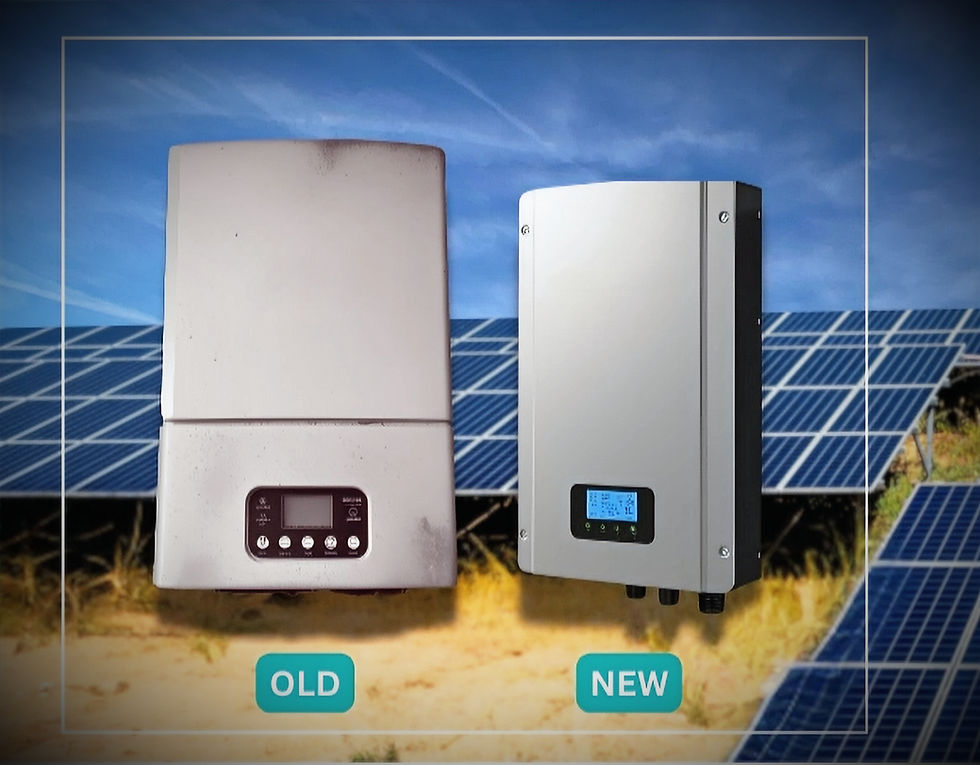The Benefits of Using Cellular Networking for Solar Monitoring
- CarbonEnergy Team
- May 15, 2024
- 1 min read
Updated: Jul 25, 2024
When it comes to monitoring solar systems, the choice between using a cellular network or Wi-Fi can significantly impact efficiency and reliability. Here's why opting for cellular networking often proves to be the better choice:

Reliability:
Cellular networks tend to offer more reliable connectivity compared to Wi-Fi. This ensures uninterrupted data transmission, crucial for consistent solar monitoring.
Cellular network for Remote Accessibility:
Cellular networking allows monitoring from virtually anywhere with cellular coverage, making them ideal for installations in remote areas where setting up Wi-Fi can be challenging.
Scalability:
Using cellular networks makes it easy to scale up monitoring efforts without dealing with the complexities of managing multiple Wi-Fi connections.
Security:
Cellular networks typically have stronger security measures compared to Wi-Fi, reducing the risk of unauthorized access to monitoring data.
Cost-Effectiveness:
While Wi-Fi might seem cost-effective initially, cellular networking solutions often offer competitive pricing plans tailored to the needs of solar monitoring projects, making them a cost-effective choice in the long run.
Weather Resilience:
SIM cards are weather-resistant, ensuring consistent connectivity even in adverse weather conditions, which can disrupt Wi-Fi signals.
Firewall Impact:
Wi-Fi connections can be affected by firewalls, especially in corporate or secure environments. This can lead to restrictions or interruptions in data transmission for solar monitoring purposes. Cellular networks bypass such issues, ensuring seamless data flow regardless of firewall configurations.
Low Maintenance:
Cellular networking-based solutions require minimal maintenance once installed, freeing up resources for other aspects of solar monitoring projects.
In summary, Cellular networks offer reliability, remote accessibility, scalability, security, cost-effectiveness, weather resilience, firewall bypassing, and low maintenance, making them a preferred choice for solar monitoring projects.




